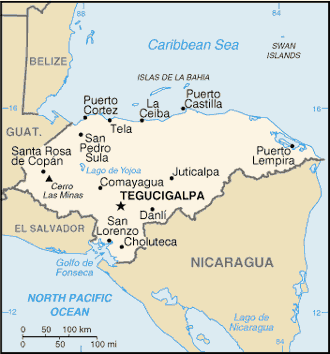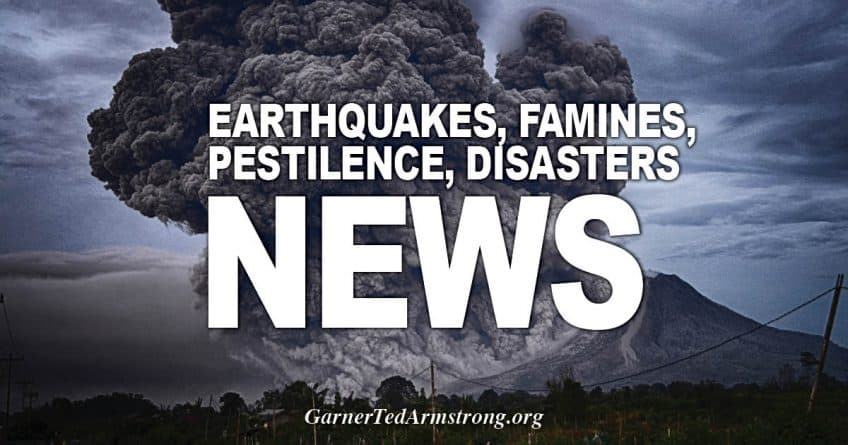The number of dengue fever cases in Honduras has exploded in 2019 with the numbers as of May 11 topping the total for all of 2018.

Image/CIA
Year-to-date, Honduras has reported 8017 total dengue cases, including 24 deaths during the first 4 1/2 months. In all of 2018, 7942 cases and 3 deaths were reported.
Médecins Sans Frontières (MSF) reports the heaviest hit area in the country is Cortes department, accounting for six out of 10 cases.
“The behavior of this epidemic is unusual compared to previous dengue outbreaks,” says Dr. Deysi Fernández, MSF’s medical activity manager for the dengue response in Honduras. “This epidemic fluctuates, with a high number of cases some weeks and a decrease in other weeks.”
Honduras is not alone, dengue fever cases are up in the Americas as a whole with nearly 700,000 cases reported to date.
Dengue is a viral infection transmitted by the bite of an infected mosquito. There are four closely related but antigenically different serotypes of the virus that can cause dengue (DEN1, DEN 2, DEN 3, DEN 4).
-
- Dengue Fever (DF) – marked by an onset of sudden high fever, severe headache, pain behind the eyes, and pain in muscles and joints. Some may also have a rash and varying degree of bleeding from various parts of the body (including nose, mouth, and gums or skin bruising). Dengue has a wide spectrum of infection outcome (asymptomatic to symptomatic). Symptomatic illness can vary from dengue fever (DF) to the more serious dengue hemorrhagic fever (DHF).
- Dengue Hemorrhagic Fever (DHF) – is a more severe form, seen only in a small proportion of those infected. DHF is a stereotypic illness characterized by 3 phases; febrile phase with high continuous fever usually lasting for less than 7 days; critical phase (plasma leaking) lasting 1-2 days usually apparent when fever comes down, leading to shock if not detected and treated early; convalescence phase lasting 2-5 days with improvement of appetite, bradycardia (slow heart rate), convalescent rash (white patches in red background), often accompanied by generalized itching (more intense in palms and soles), and diuresis (increase urine output).
- Dengue Shock Syndrome (DSS) — Shock syndrome is a dangerous complication of dengue infection and is associated with high mortality. Severe dengue occurs as a result of secondary infection with a different virus serotype. Increased vascular permeability, together with myocardial dysfunction and dehydration, contribute to the development of shock, with resultant multiorgan failure.
- Measles: Cases top modern record, Chicago launches measles vaccine finder
- Queensland: Rockhampton dengue fever, 1st local transmission in decades
- Polio: Pakistan transmission continues to be widespread, Iran reports additional WPV1 environmental sample
- Rabies: Additional human case reported in Sarawak, Malaysia
- Lyme disease: Sens. Susan Collins, Tina Smith introduce TICK Act
- New Mexico reports 1st hantavirus case since 2017
- Tularemia: New Mexico reports two human cases in Santa Fe County
Source: http://outbreaknewstoday.com/honduras-dengue-epidemic-tops-8000/
[Disclaimer]







